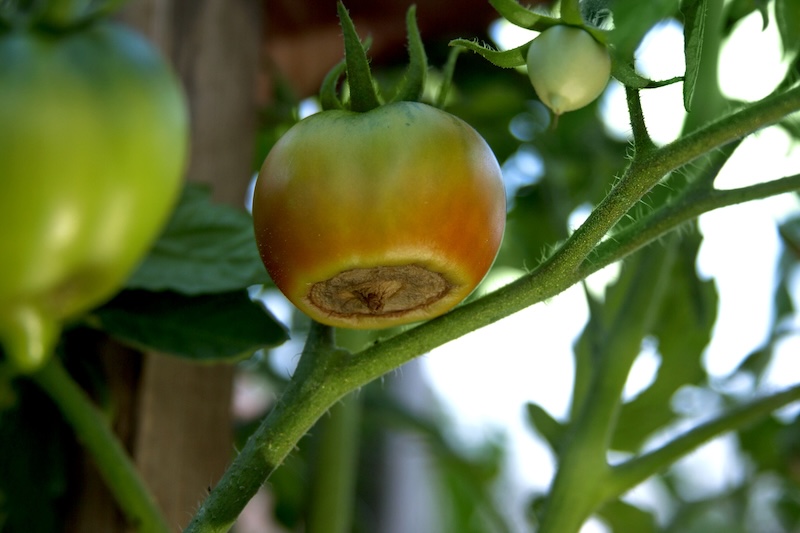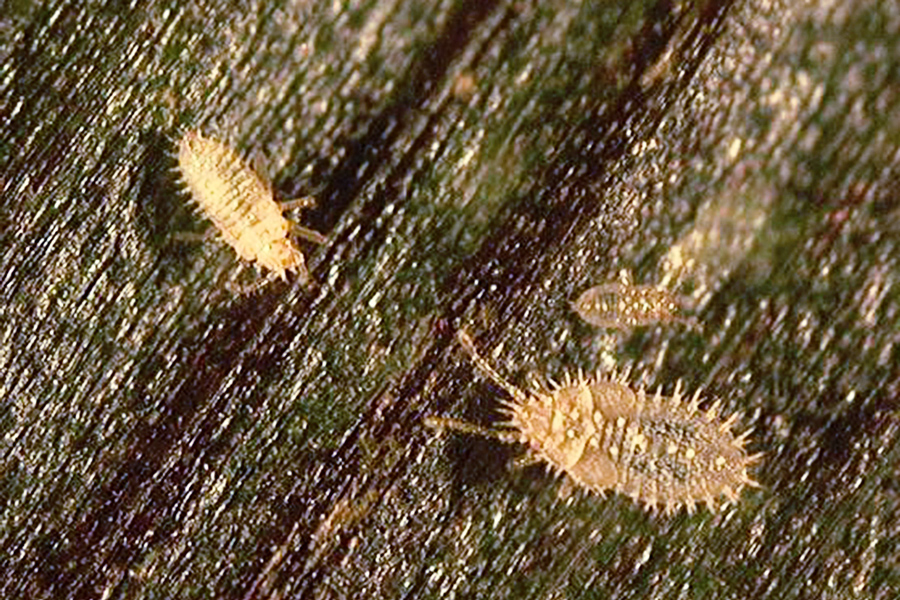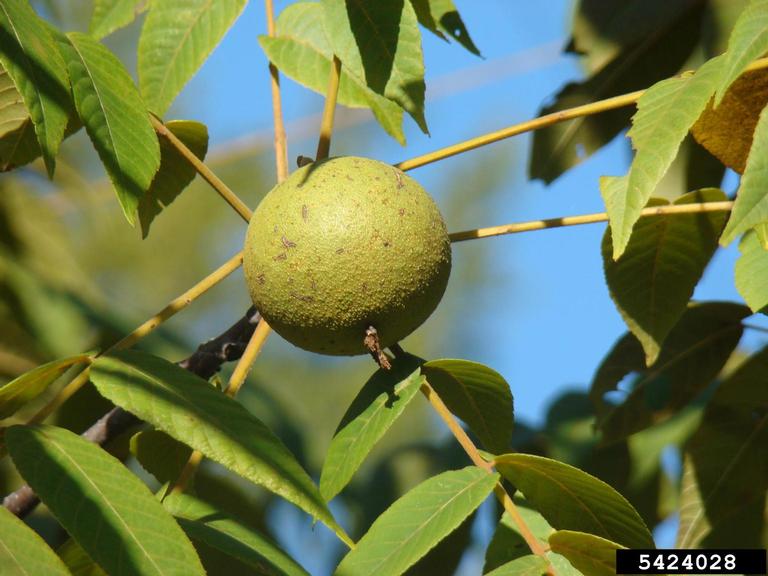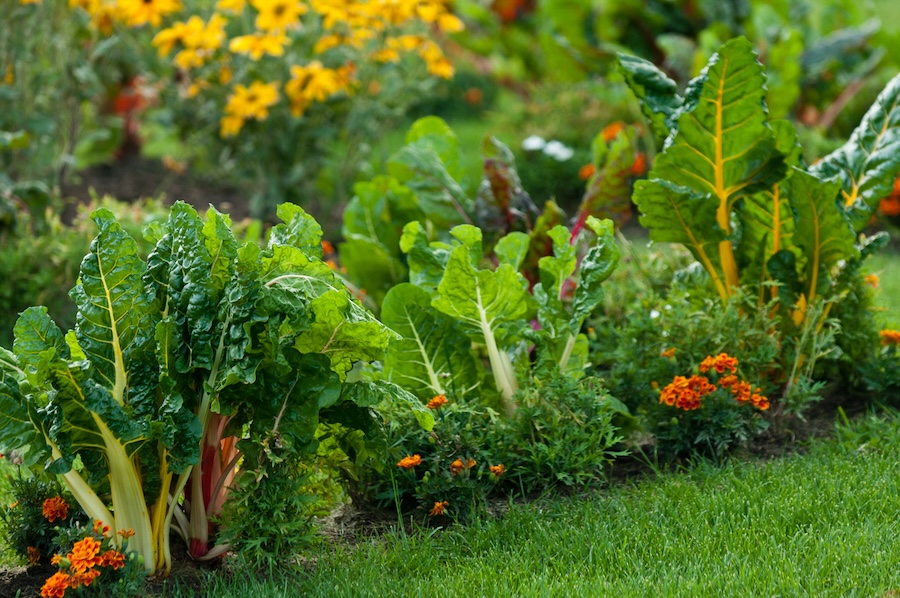
Not everyone likes the look of a traditional vegetable garden — or has the space for one. Maybe you already grow vegetables and want to integrate more edible plants into your existing landscape. Either way, edible landscaping offers an attractive and practical solution to planting out your yard.
What is edible landscaping?
Edible landscaping is the practice of incorporating food-producing plants into ornamental garden spaces, following basic landscape design principles. There are several approaches, including food scaping, permaculture, food forests and square-foot gardening. Whatever method you choose, the goal is the same: to grow food in a way that’s aesthetically pleasing and environmentally responsible.
Edible landscaping often emphasizes perennial plants, which require less maintenance and yield food over multiple seasons. Growing food at home can improve taste and nutrition, increase food security, offer convenience, support sustainability and encourage physical activity.
Planning your edible landscape
When designing your edible landscape, decide whether you’ll use perennials, annuals or a combination. Annuals need to be replanted each season, which can disturb nearby perennials. Whatever you choose, be sure to avoid invasive species.
Also, be cautious with chemicals: Pesticides and herbicides that are safe for ornamental plants may not be safe for edibles. Avoid planting near roads, sidewalks or runoff areas, which may expose plants to pollution. Neighborhood dogs may also be attracted to plants adjacent to roads or sidewalks and see them as scent distributors.
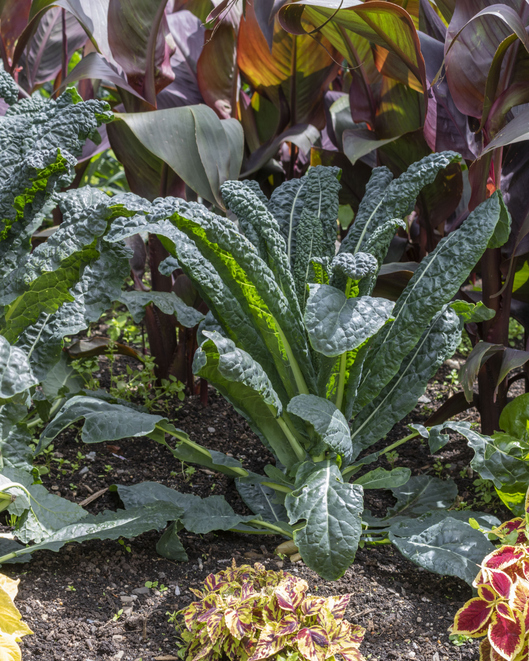
Check with your HOA and respect public spaces
Avoid planting in city rights-of-way or in areas needed for utility access, such as water meters. If you live in a community with a homeowners association, make sure your plant choices and layout align with approved aesthetics and guidelines.
Expect to share some of your harvest with insects and wildlife. A pesticide-free landscape is the healthiest choice for your family, local ecosystems, pollinators and waterways.
Plant the right plant in the right place
This is the golden rule of landscaping. Choose plants suited to your U.S. Department of Agriculture hardiness zone and to the sunlight, moisture and drainage conditions of your site. Group plants by their water needs, and position thirstier ones closer to your water source.
Avoid watering the entire garden uniformly or on a fixed schedule. Instead, water only when rainfall is inadequate and only where needed.
Design tips for a successful edible landscape
To keep your landscape looking lush and organized:
- Mix annuals with perennials and evergreens.
- Use native plants whenever possible to reduce maintenance and attract birds and pollinators.
- Combine different textures, heights and shapes for visual interest.
- Repeat plant species to create unity and cohesion.
- Choose a landscape theme or design style as a guide.
Include evergreen ornamentals or edible plants to maintain year-round structure. Native yaupon holly, for example, offers evergreen foliage, berries for birds and leaves that can be brewed into caffeinated tea.
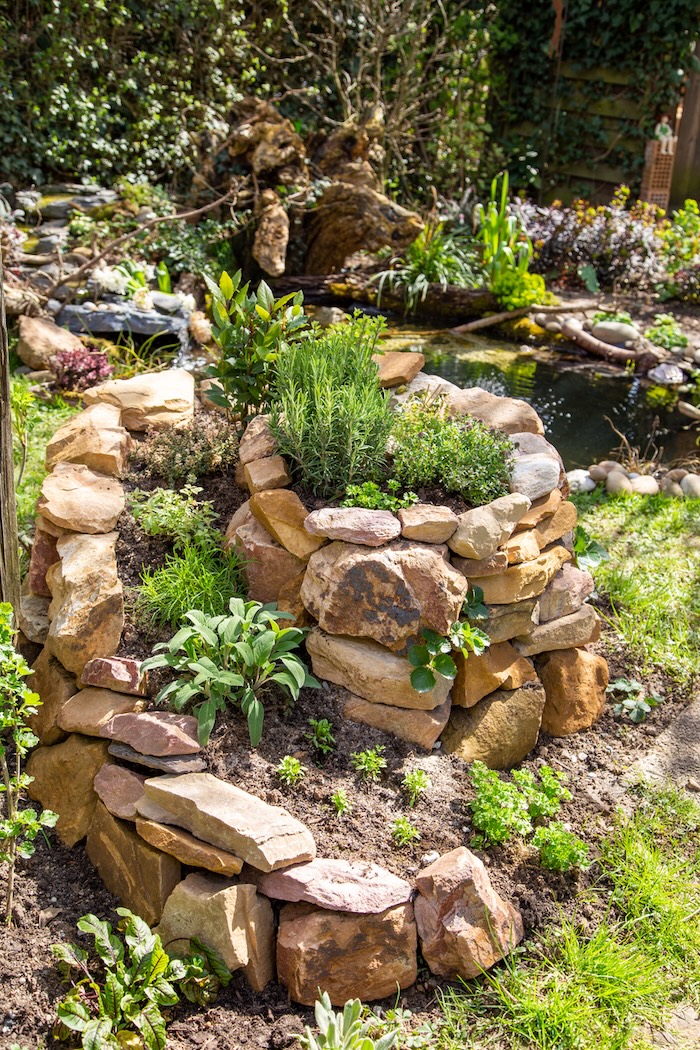
Incorporate structures for beauty and function
Use garden structures such as arbors, trellises and tomato cages to support plants and add visual appeal. These features can also help create architectural interest, forming outdoor “rooms” and zones for comfort and organization.
Planters are helpful for containing aggressive plants like mint and lemon balm. Hardscape elements — such as raised beds, borders and pathways — give your garden a tidy look and improve access.
Start small and grow over time
Avoid burnout by beginning with a manageable plan. Choose edible plants that are visually appealing, easy to grow and enjoyable to eat. Select plants that serve multiple functions. For instance, passionflower vine offers beautiful blooms, edible fruit, tea-ready leaves and habitat for Gulf fritillary butterflies.
Top edible plants to try
There is a wide range of plants you can incorporate — from herbs to vegetables to fruit trees. Native perennials are often the easiest to care for.
Trees to consider:
- Red mulberry (native; avoid invasive white mulberry)
- Pawpaw (native)
- Loquat
- Satsuma
- Native plums
- Persimmon (native or Fuyu)
Shrubs:
- Fig
- Elderberry (native)
- Blueberry (some varieties native)
- Pomegranate
- Rosemary
- Sage
Vines:
- Muscadine
- Sweet potato
- Passionflower vine (native)
- Nasturtium
- Malabar spinach
- Beans
Groundcovers:
- Thyme
- Oregano
- Savory
- Strawberries (some varieties native)
Be 100% certain before consuming any plant
Not all parts of an edible plant are safe to eat, and some aren’t edible raw. Some edible plants have toxic lookalikes. Always positively identify plants using credible sources like the University of Georgia Cooperative Extension site or peer-reviewed books. Avoid relying on blogs, forums or Wikipedia.
For expert guidance on growing fruits and vegetables in Georgia, explore the UGA Extension “Home Garden Series” from consumer horticulturist Bob Westerfield and other contributors. Interested in container gardening? Read “Gardening in Containers” by UGA Extension horticulture specialist and Vincent J. Dooley Professor in Horticulture Bodie Pennisi for practical tips and plant recommendations.

